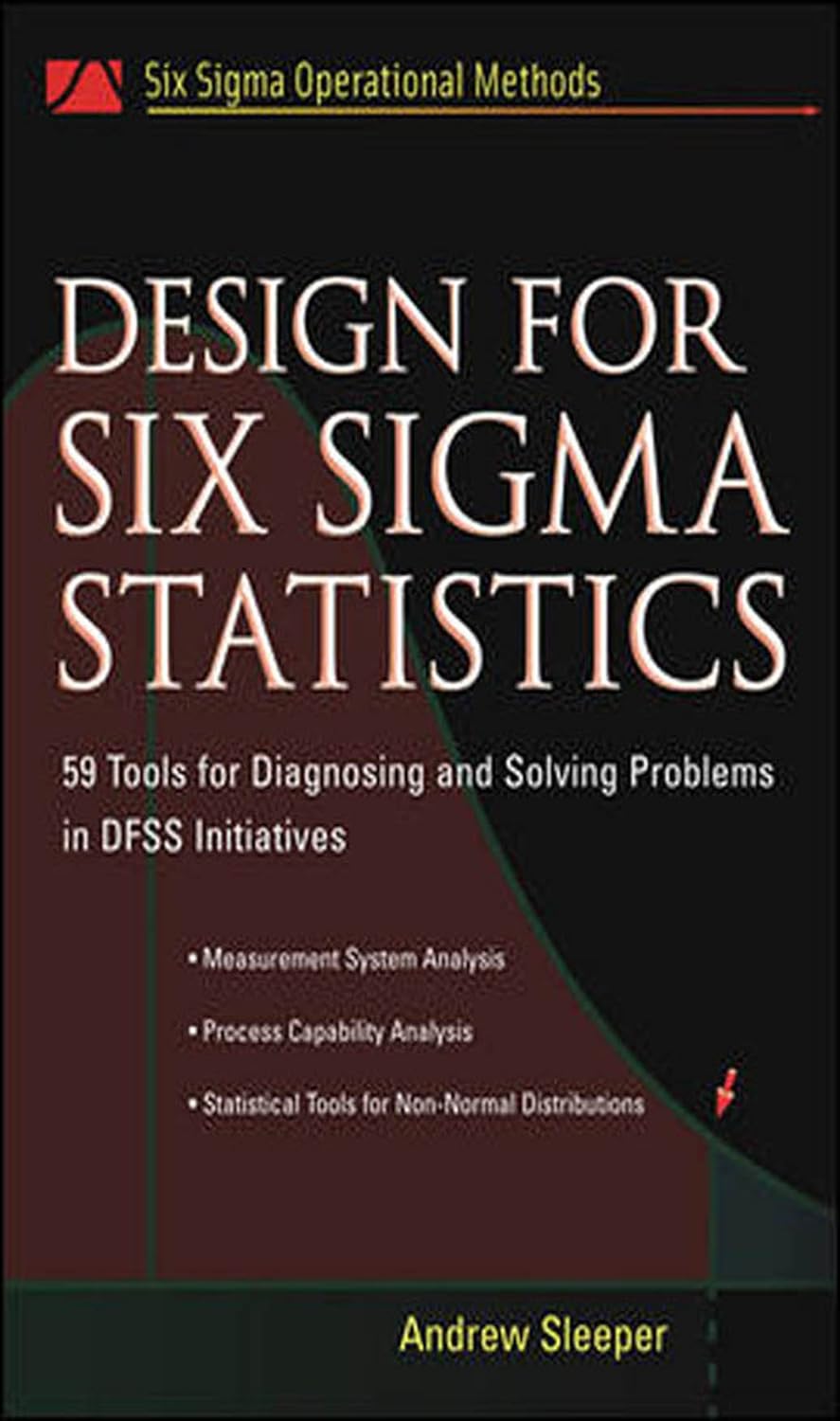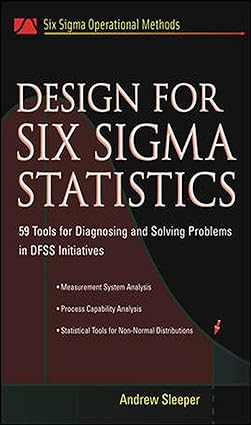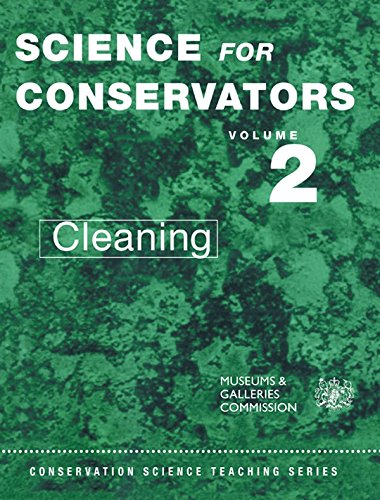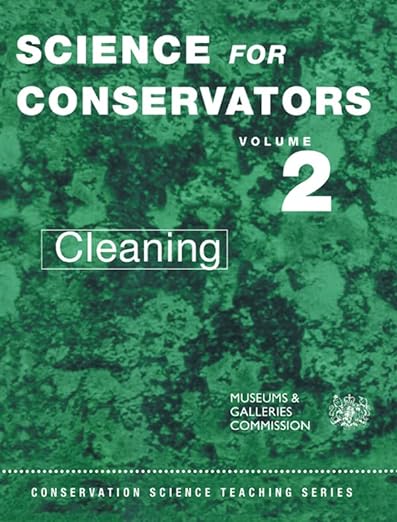
Plants and the Human Brain (PDF/EPUB Version)
$18.99
This book sets out to describe not only how, in terms of pharmacology or psychopharmacology, but more importantly why plant- and fungus-derived chemicals have their effects on the human brain. The answer to this last question resides, in part, with the terrestrial world’s two dominant life forms, the plants and the insects, and the many ecological roles the ‘secondary metabolite’ plant chemicals are trying to play; for instance, defending the plant against insect herbivores whilst attracting insect pollinators. The answer also resides in the intersecting genetic heritage of mammals, plants, and insects and the surprising biological similarities between the three taxa. In particular it revolves around the close correspondence between the brains of insects and humans, and the intercellular signaling pathways shared by plants and humans.
Plants and the Human Brain describes and discusses both how and why phytochemicals affect brain function with respect to the three main groups of secondary metabolites: the alkaloids, which provide us with caffeine, a host of poisons, a handful of hallucinogens, and most drugs of abuse (e.g. morphine, cocaine, DMT, LSD, and nicotine); the phenolics, including polyphenols, which constitute a significant and beneficial part of our natural diet; and the terpenes, a group of multifunctional compounds which provide us with the active components of cannabis and a multitude of herbal extracts such as ginseng, ginkgo and valerian.eBook features:
- Highlight, take notes, and search in the book
- In this edition, page numbers are just like the physical edition
- Create digital flashcards instantly

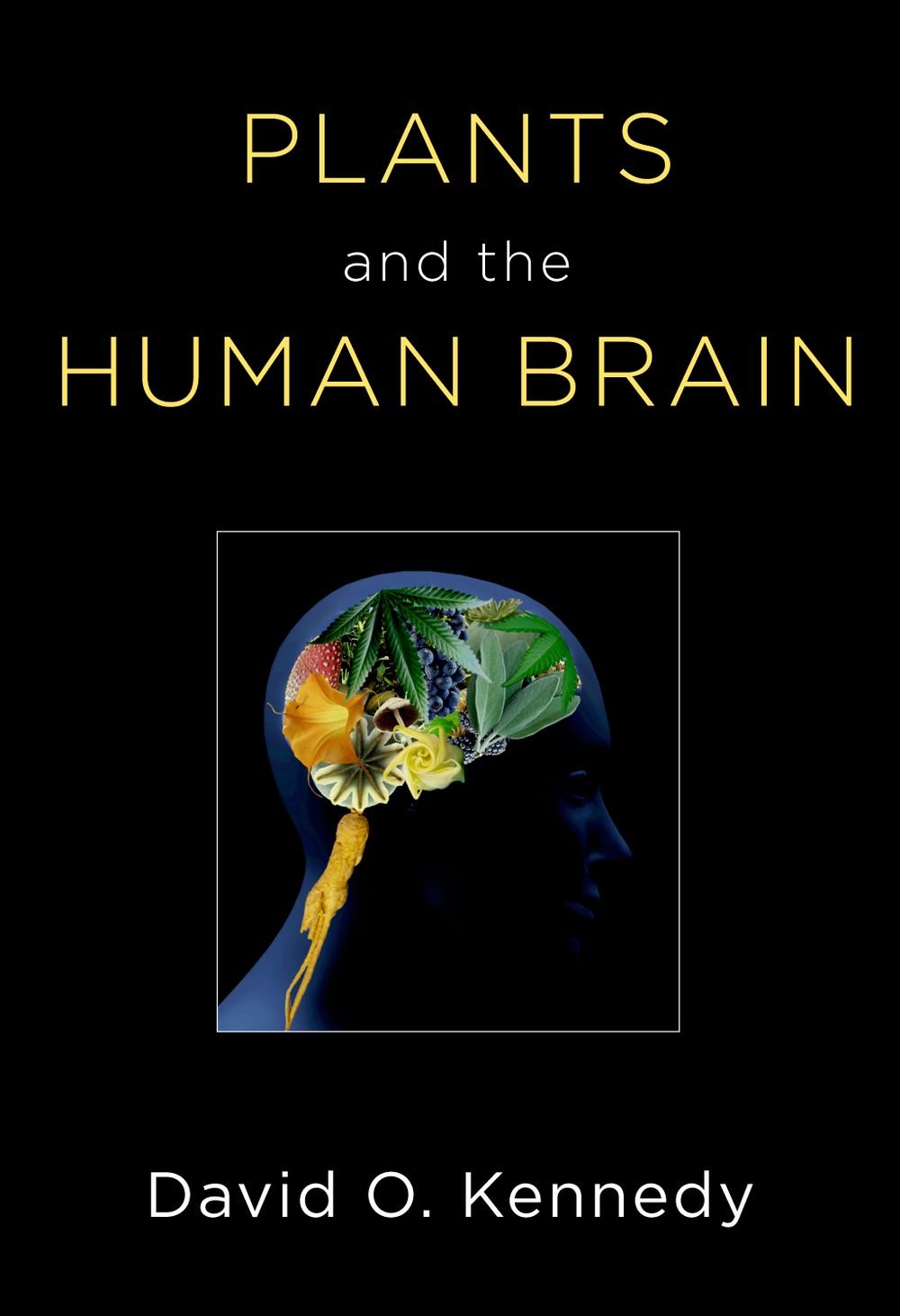
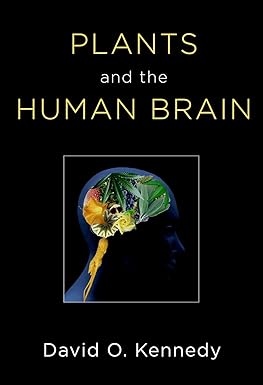
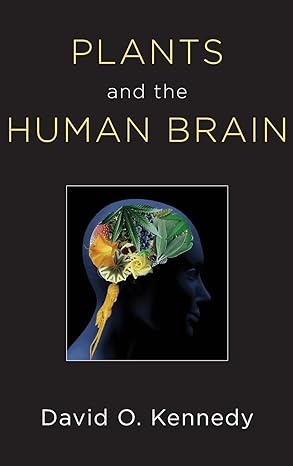
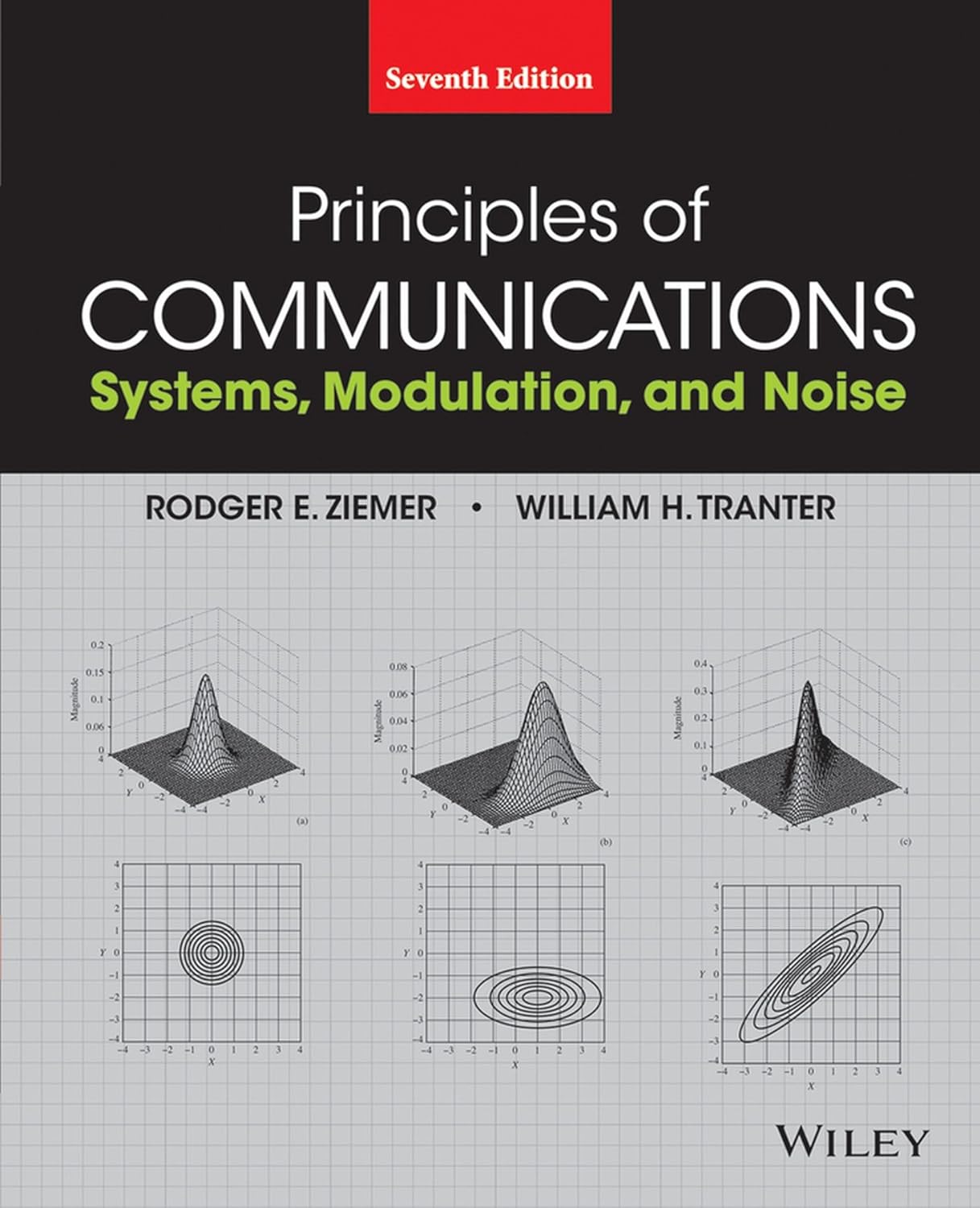

_sv9arrklwn.jpg)
_pybeqjatnb.jpg)
